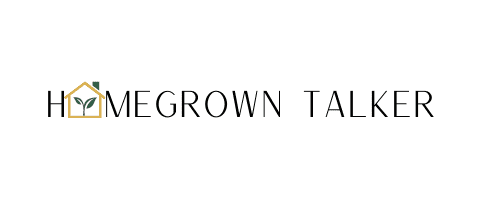How To Use A Visual Schedule
The use of visual schedules for homeschool and therapy can be a hot topic. However, both in my home and in my speech therapy sessions, I have seen visual schedules result in 1)increased language use and 2) decreased challenging behaviors.
The best part? The use of Visual Schedules is backed by scientific research. It’s an evidenced based intervention you can do at home.
“Results suggest that VAS can be considered an EBP for individuals with ASD, especially when used in combination with systematic instructional procedures. VAS can be used to increase, maintain, and generalize a range of skills of individuals from preschool through adulthood in a variety of settings (e.g., general education, community)” Research found here.
What is a visual schedule?
Visual schedules can include a series of separate tasks or steps that are part of a routine/schedule. Visual schedules can also be used to teach a new skill by breaking down a single activity into smaller steps.
A visual schedule is an easy to use tool that is a visual task list for children who need extra help with:
- staying on schedule
- knowing when their task is complete
- knowing how long a task will take
- understanding what tasks need to be done to earn their reward
I have found some of the best visual schedules have child specific pictures used to represent the activities or places in the sequence. Below is a generic example of a “First Then” visual schedule.

And here is what that could look like using a more specific visual schedule for your child. This specific example includes the pictures already on the “First” and “Then” Blocks. Another way to make a visual schedule that allows for more flexibility would be to create the “blank” first & then boxes as pictured above and then print, & laminate the individual pictures you want to add as options. There are mini velcro dots linked here that I love to use when making visual schedules!

Does my child need this?
I think we all need and use visual schedules in today’s world. Google calendar. A pen and paper planner. But for some of our children, maybe their speech and language development is making this skill harder for them. Worried that is your child? Read more here about speech and language development and to see if your child has a possible delay.
Where can I use a visual schedule
A visual schedule can be used anywhere your child needs it! If your child struggles with transitions, a visual schedule would be a great way to introduce transitions in a way where they can see exactly what is happening next. By using visual schedules in these settings below, I have seen kids have 1) increased language use 2) decreased challenging behavior.
- home
- doctors office
- grocery store
- school
- playground
- anywhere else that has natural transitions in your child’s day
Example
Visual schedules


Some Final Considerations
Consider…
- Identify the skill/schedule
- Break down the tasks
- Make the pictures custom
- Teach them how to follow the schedule
- Follow through with reinforcement
Where can you make a visual schedule?
APPS:
- Choice Works
- First Then Visual Supports
- My Routine Schedule
Websites/other:
- Canva.com
- Powerpoint

Don’t have time to make your own?
I can make it for you.








